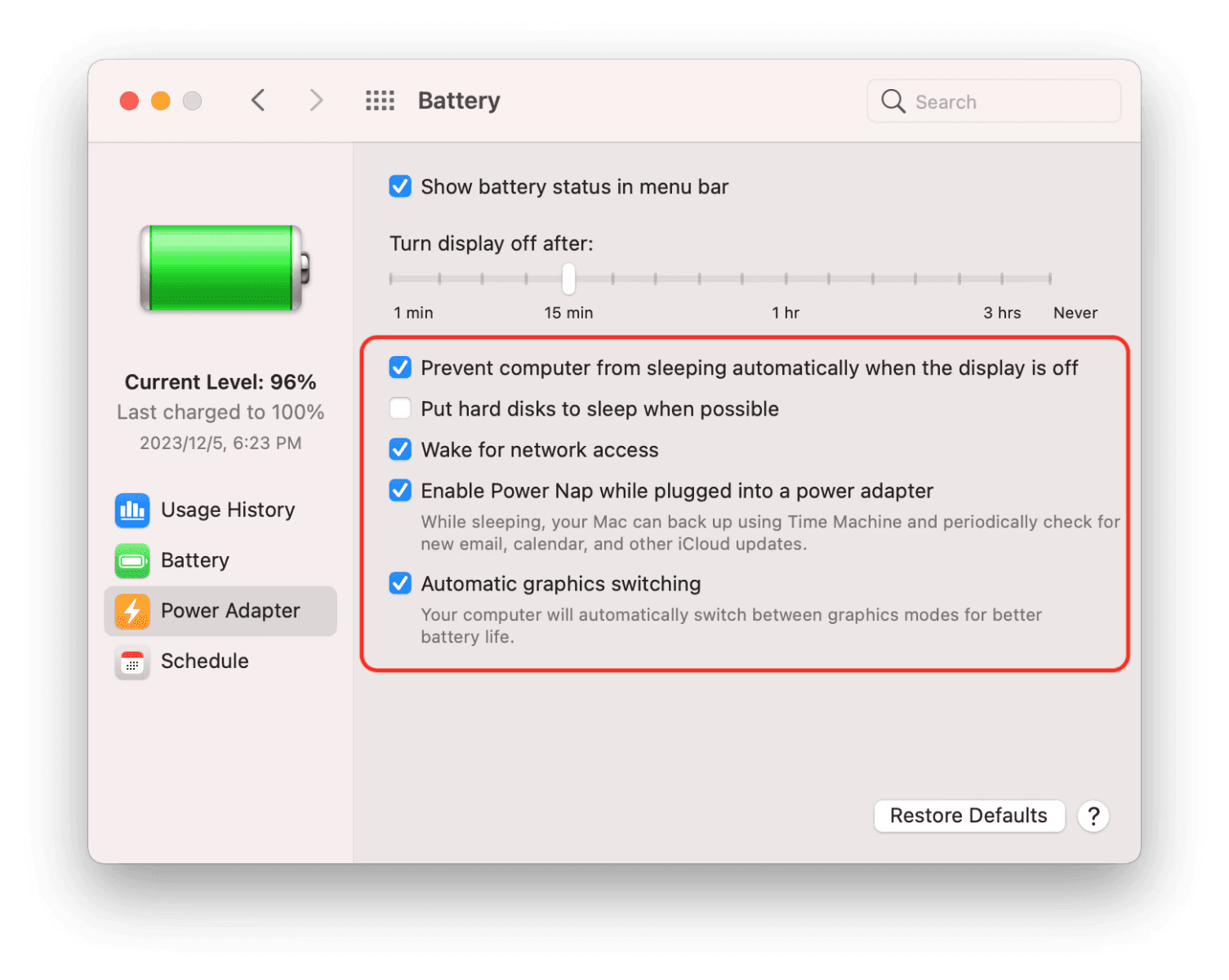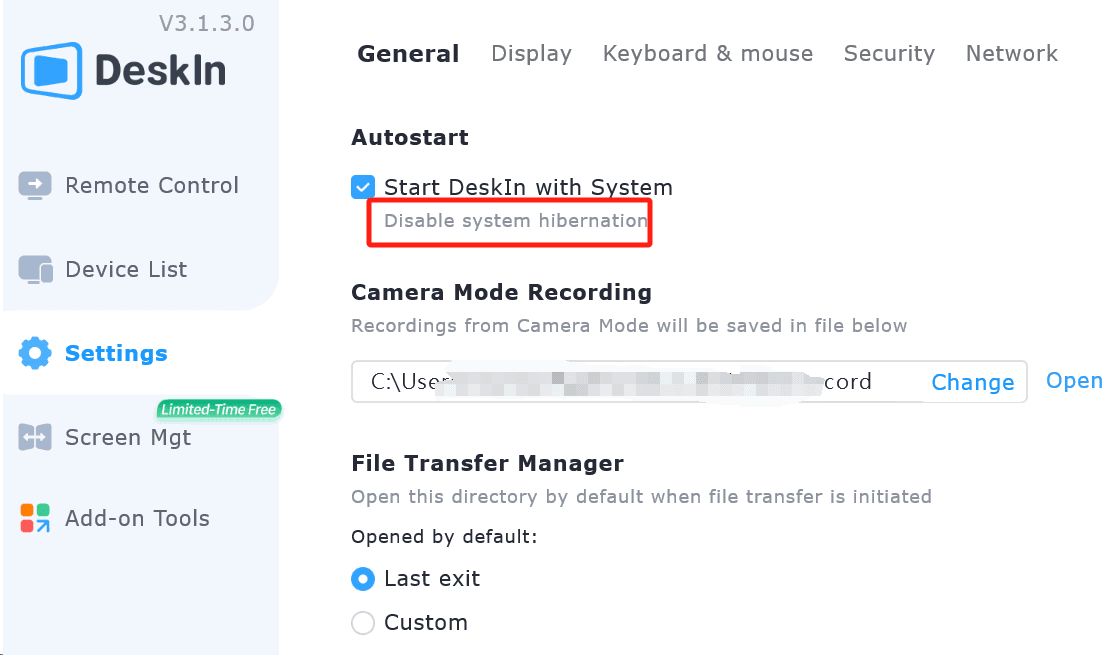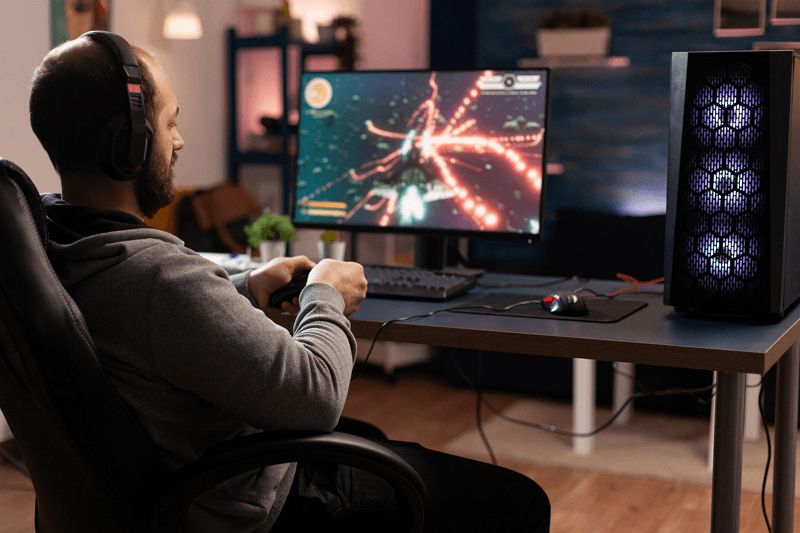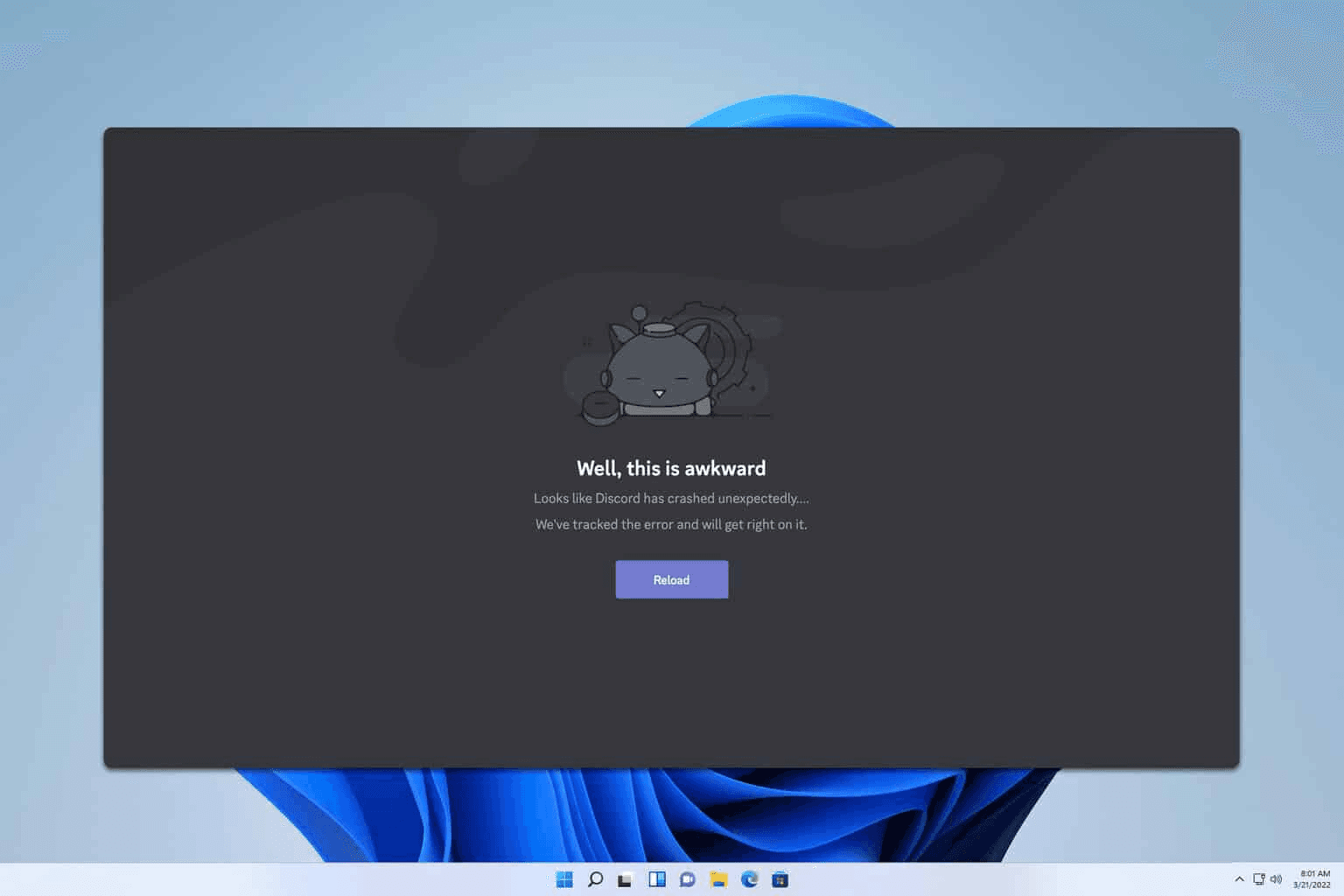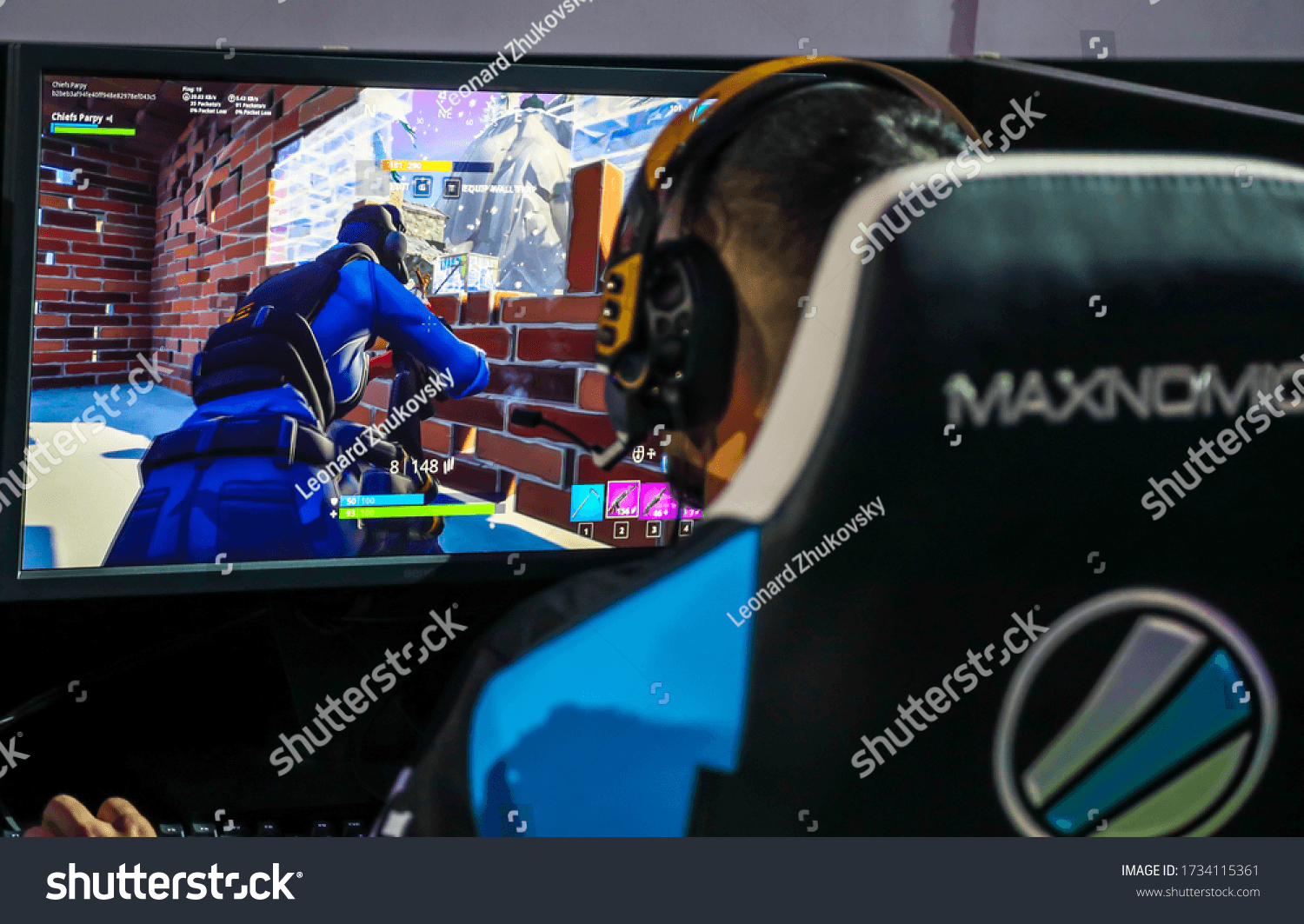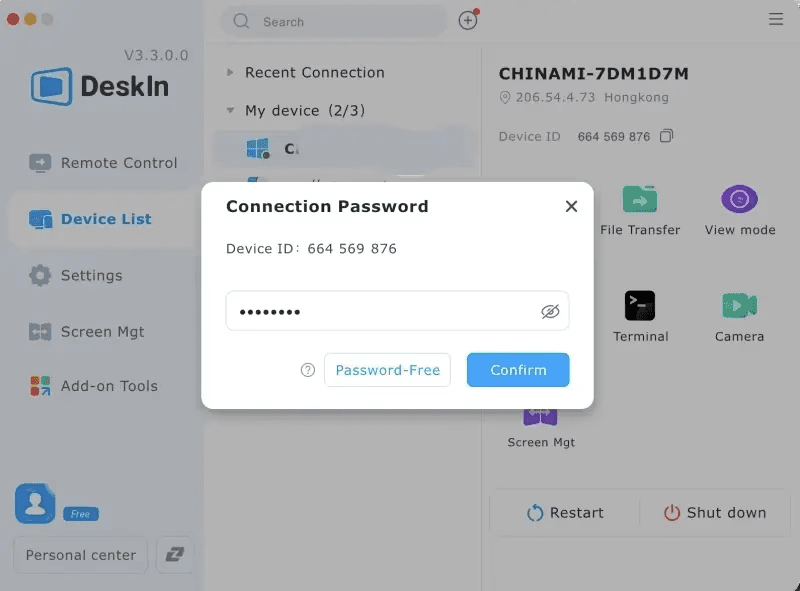Welcome to the "Work from Anywhere" Era, Ever seen someone on a beach with a laptop and thought, "That could be me"? Well, now it really can be.
"Work from anywhere" isn’t just a cool trend, it’s the new way people live and work. With companies embracing remote setups, freelancers taking on global gigs, and digital nomads setting up desks in bahamas cafes, it's clear: location no longer limits productivity.
But here’s the catch: Working from anywhere only works well if you have the right tools. And I don’t just mean a laptop and Wi-Fi.
In this post, I’ll walk you through the tools that help me (and thousands of others) stay focused, connected, and productive no matter the timezone.
The Remote Must Haves Toolkit:
1. Communication & Collaboration Tools

Working remotely doesn’t mean working alone. You need solid tools to stay in sync with your team or clients.
My top picks:
Slack — Think of it as your remote office's hallway. Quick messages, channels by project, and even gifs.
Zoom or Google Meet — For daily standups, client calls, or virtual coffee chats.
Notion — Combine notes, to-dos, databases, and wikis into one workspace.
Hot Tip: Use time zone tools like World Time Buddy to avoid scheduling chaos.
2. Hardware & Ergonomic Setup

Yes, tools also mean your physical gear. Comfort matters if you're clocking 8+ hours daily.
What you need:
Portable laptop stand — Like the Roost or Nexstand.
Bluetooth keyboard and mouse — To keep your hands in a natural position.
Noise-canceling headphones — A must if you're in shared spaces.
Set up dual monitor for gaming or multitasking — Portable monitors like ASUS ZenScreen or Deskin's own compatibility make life so much easier.
Pro Tip: Try Deskin.io to organize your multi-window workflow without clutter.
3. Cloud Storage & Project Management

Forget flash drives. Everything should be cloud-based and synced.
Must-haves:
Google Drive / Dropbox — Keep all files accessible from anywhere.
Trello / ClickUp — Simple boards to plan tasks, track deadlines, and visualize progress.
4. Digital Security Tools

When you work from everywhere, risks follow.
Secure your setup with:
VPN (NordVPN, Surfshark) — Protect your data, especially on public Wi-Fi.
Password managers (LastPass, 1Password) — Never reuse passwords. Ever.
Two-factor authentication — Extra layer = peace of mind.
Stat to know: Remote workers are 3x more likely to face phishing attacks. (Source: Cybersecurity Ventures)
5. Mind Mapping & Visual Planning

Sometimes you need to zoom out and see the big picture.
Try these tools:
Miro — For mind maps, whiteboards, and team brainstorming.
Whimsical — Great for fast wireframing and flowcharts.
Milanote — Visual project planning, great for creatives.
6. Design & Creative Work

Need to whip up visuals, edit content, or create prototypes?
Top picks:
Figma / Canva — Design anything from anywhere.
Photopea — Like Photoshop in the browser.
Desygner — Simple design tool for non-designers.
7. Remote Desktop Access — DeskIn

Slack is for communication. Trello is for task management. Zoom is for meetings. So, DeskIn is for organizing and accessing your entire digital workspace, including remote desktop access.
All your work tabs, apps, and even your main PC can be opened in one interface. It’s perfect for multitaskers, cross-device workers, or anyone who needs remote access to their main computer—from anywhere.
Best part? It’s free to start. You don’t even need a credit card.
Why DeskIn stands out:
✅ Secure – 256-bit encryption + multi-factor authentication
✅ Stable – <70ms latency, 2K/4K high frame-rate connection
✅ Smooth – Cross-OS mirroring, file transfer, remote camera
✅ Scalable – 3 users manage up to 200 devices with bank-grade admin controls
✅ Hassle-Free – SOS installation-free support + collaboration tools
🧠 Pro Tip: If your work involves heavy software (design, dev, data tools), use DeskIn to tap into your high-performance home setup — even from a basic laptop.
Alternatives:
Chrome Remote Desktop – good for simple access
AnyDesk – better for tech support and IT workflows
Microsoft Remote Desktop – solid for Windows-only networks
Ready to simplify your remote workflow?
Welcome to the "Work from Anywhere" Era, Ever seen someone on a beach with a laptop and thought, "That could be me"? Well, now it really can be.
"Work from anywhere" isn’t just a cool trend, it’s the new way people live and work. With companies embracing remote setups, freelancers taking on global gigs, and digital nomads setting up desks in bahamas cafes, it's clear: location no longer limits productivity.
But here’s the catch: Working from anywhere only works well if you have the right tools. And I don’t just mean a laptop and Wi-Fi.
In this post, I’ll walk you through the tools that help me (and thousands of others) stay focused, connected, and productive no matter the timezone.
The Remote Must Haves Toolkit:
1. Communication & Collaboration Tools

Working remotely doesn’t mean working alone. You need solid tools to stay in sync with your team or clients.
My top picks:
Slack — Think of it as your remote office's hallway. Quick messages, channels by project, and even gifs.
Zoom or Google Meet — For daily standups, client calls, or virtual coffee chats.
Notion — Combine notes, to-dos, databases, and wikis into one workspace.
Hot Tip: Use time zone tools like World Time Buddy to avoid scheduling chaos.
2. Hardware & Ergonomic Setup

Yes, tools also mean your physical gear. Comfort matters if you're clocking 8+ hours daily.
What you need:
Portable laptop stand — Like the Roost or Nexstand.
Bluetooth keyboard and mouse — To keep your hands in a natural position.
Noise-canceling headphones — A must if you're in shared spaces.
Set up dual monitor for gaming or multitasking — Portable monitors like ASUS ZenScreen or Deskin's own compatibility make life so much easier.
Pro Tip: Try Deskin.io to organize your multi-window workflow without clutter.
3. Cloud Storage & Project Management

Forget flash drives. Everything should be cloud-based and synced.
Must-haves:
Google Drive / Dropbox — Keep all files accessible from anywhere.
Trello / ClickUp — Simple boards to plan tasks, track deadlines, and visualize progress.
4. Digital Security Tools

When you work from everywhere, risks follow.
Secure your setup with:
VPN (NordVPN, Surfshark) — Protect your data, especially on public Wi-Fi.
Password managers (LastPass, 1Password) — Never reuse passwords. Ever.
Two-factor authentication — Extra layer = peace of mind.
Stat to know: Remote workers are 3x more likely to face phishing attacks. (Source: Cybersecurity Ventures)
5. Mind Mapping & Visual Planning

Sometimes you need to zoom out and see the big picture.
Try these tools:
Miro — For mind maps, whiteboards, and team brainstorming.
Whimsical — Great for fast wireframing and flowcharts.
Milanote — Visual project planning, great for creatives.
6. Design & Creative Work

Need to whip up visuals, edit content, or create prototypes?
Top picks:
Figma / Canva — Design anything from anywhere.
Photopea — Like Photoshop in the browser.
Desygner — Simple design tool for non-designers.
7. Remote Desktop Access — DeskIn

Slack is for communication. Trello is for task management. Zoom is for meetings. So, DeskIn is for organizing and accessing your entire digital workspace, including remote desktop access.
All your work tabs, apps, and even your main PC can be opened in one interface. It’s perfect for multitaskers, cross-device workers, or anyone who needs remote access to their main computer—from anywhere.
Best part? It’s free to start. You don’t even need a credit card.
Why DeskIn stands out:
✅ Secure – 256-bit encryption + multi-factor authentication
✅ Stable – <70ms latency, 2K/4K high frame-rate connection
✅ Smooth – Cross-OS mirroring, file transfer, remote camera
✅ Scalable – 3 users manage up to 200 devices with bank-grade admin controls
✅ Hassle-Free – SOS installation-free support + collaboration tools
🧠 Pro Tip: If your work involves heavy software (design, dev, data tools), use DeskIn to tap into your high-performance home setup — even from a basic laptop.
Alternatives:
Chrome Remote Desktop – good for simple access
AnyDesk – better for tech support and IT workflows
Microsoft Remote Desktop – solid for Windows-only networks
Ready to simplify your remote workflow?

Play x Work
All at Once
DeskIn Remote Game
only $14.32 USD 🎉 Limited on July 16-31
Add promo code: deskinsummer1





